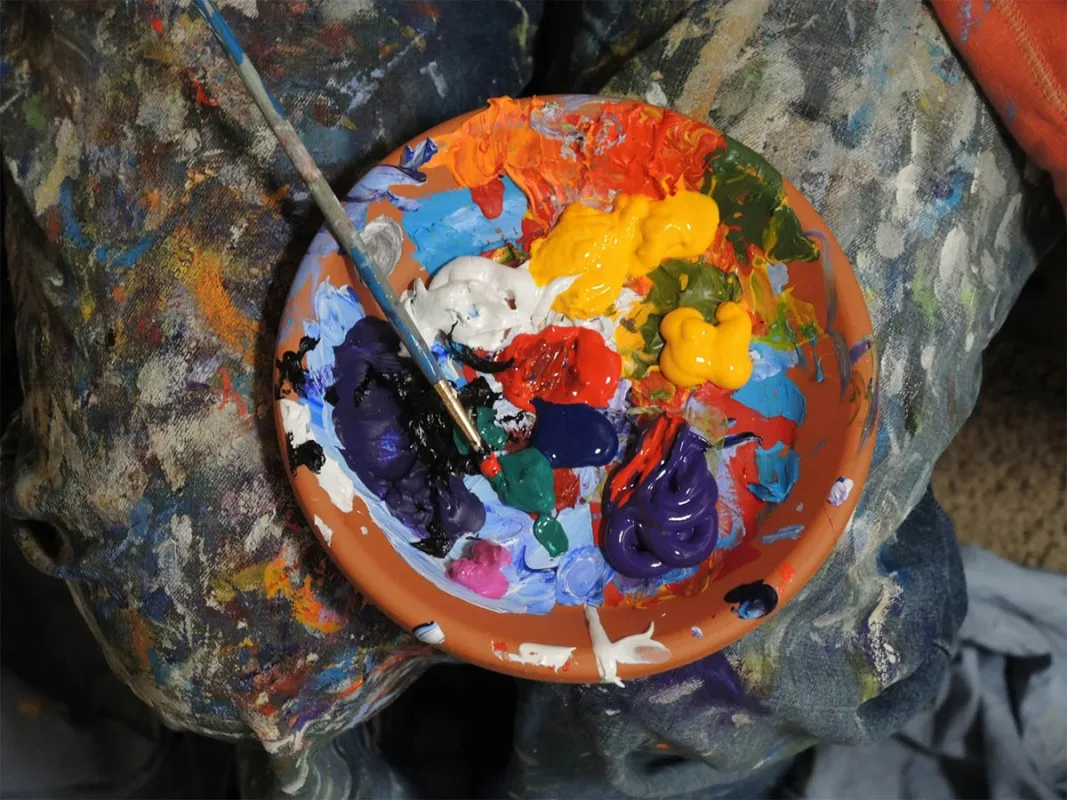
Even the best painter makes mistakes. You have your brush in hand and are in the flow when you discover you painted the wrong part. It’s annoying, but it’s hardly the end of the world.
The good news is? Most of the time, it’s easy to repair paint by numbers problems. You may fix the mistake and still end up with a lovely result if you follow the right steps.
Let’s talk about how to fix those tiny mistakes without damaging all the hard work you’ve done.
Stay Calm and Assess
Making mistakes throughout the painting process does not necessarily mean that your project is doomed. The most crucial step is to remain composed and examine the situation more closely. When you rush to correct an error, it usually gets worse, so take a moment to consider what really went wrong. Was it a misplaced splash of color, a tiny line that went over the edge, or just too much paint on the brush? You can determine whether a minor touch-up, a thorough repaint, or possibly no correction at all is necessary by determining the sort of error. Occasionally, mistakes that appear significant at the time become less noticeable after the canvas is finished.
Wait, Then Cover Carefully
Trying to fix wet paint typically results in unintended smudges, uneven texture, or mixed colors. It’s preferable to wait until the area is entirely dry before taking any further action. You can apply the appropriate shade in thin, even layers after the paint has dried. The modification is smoothly incorporated into the design thanks to this methodical approach. When dealing with a darker color that needs to be changed to a lighter one, a coat of opaque white acrylic applied first acts as a reset button, allowing the new color to shine through the previous hue. If there are minor slips over the lines, carefully and slowly wipe up the edges with a fine detail brush. Almost any mistake may be fixed with these easy remedies without anyone noticing.
Preventing Future Mistakes
Every error is an opportunity to grow. Perhaps you hurried through a delicate area or loaded the brush with too much paint. You can avoid these tendencies in the future by being aware of them. A few minor tweaks can make a big difference: use the smallest brush for fine details, keep your brushes clean and dry in between colors, and rapidly close the lids of your paints to ensure they stay fresh. Because you can see the outlines well and maintain your strokes, having a comfortable desk and adequate illumination also helps you make fewer mistakes. It’s equally crucial to take your time, painting by numbers isn’t about finishing quickly but rather about savoring the methodical, deliberate process.
Knowing When to Leave It
Not all errors require correction. Once you finish the painting, a faint uneven spot or tiny drip of color in a corner often disappears. These small quirks can add charm and remind you that you painted it by hand, not a printer. It could be best to go on and let go of an error if it doesn’t stick out. Paint by Numbers isn’t about perfection, it’s about creativity and leisure. You will enjoy the process just as much as the outcome if you can strike a balance between acceptance and patience.
Final Brushstrokes
Using statistics to fix paint errors doesn’t have to be a stressful task. Most mistakes disappear with time, dry layers, precise brushwork, and a few preventative techniques. If they don’t, they become a part of your artistic narrative. From technique to patience, every project teaches you something new, and each brushstroke advances you toward your final piece of art as well as a more serene, imaginative state of mind.





